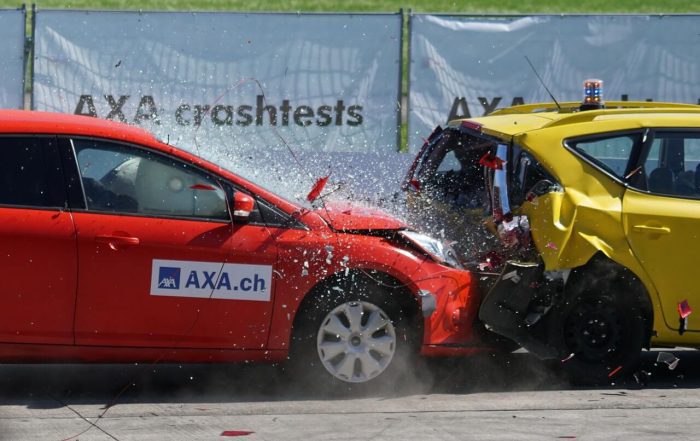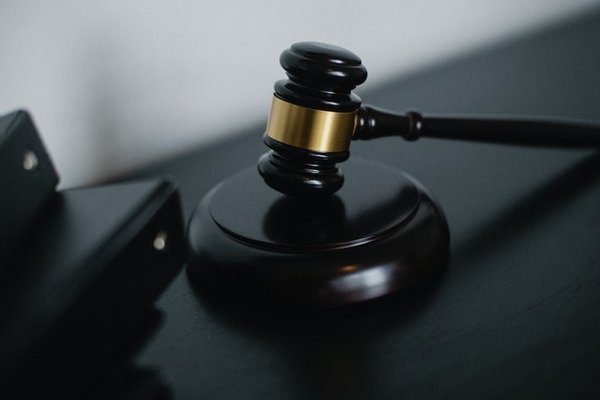
After the car accident, you are probably shaken and upset. That’s completely normal. However, there are specific steps you can take immediately after you get into an accident that will help with insurance claims and any possible liability issues.
Immediately Afterward
After you get into an accident, the first thing you should do is check for injuries. Make sure that you and your passengers are okay. If someone is injured, call 911. If you are seriously injured, don’t move right away, as it might make the injuries worse.
If you can, get to a safe location. If you can move your car, move out of the roadway. If you can’t, make sure that you get you and your passengers to the side of the road and out of the path of traffic.
Exchange Information
After you have called the police, any emergency services, and a tow truck, make sure to exchange information with the other driver. This includes their full name, insurance information, license and plate information, information about their vehicle, and the location of the accident.
If the other driver is aggressive or confrontational, you can always wait for the police to arrive. Make sure to avoid admitting fault or blaming the other person, as this may have legal repercussions later.
Photographs
Photographing the scene and the aftermath is the best way to document the car accident. It may not be something the police are concerned with immediately, so if you are able, you can use your smartphone or any camera you have on hand to take pictures.
Here are some of the most effective ways to take pictures at the scene of a car accident.
Take Photos of the Area
Make sure that you get the area all around the collision site. This means the road, the intersection, and the immediate area. Context can sometimes help define the details of a car accident. Having this information on hand is helpful. Remember to photograph each car to tell the complete story.
Take Photos from Multiple Distances and Angles
If it’s safe, make sure to take photographs from multiple angles and distances. Make sure to get photos of both cars from all possible angles so that there is a complete view of the damage. Multiple distances can also help convey some context and better tell the story of the accident.
Use Objects for Scale
When taking pictures of the damage in areas where it isn’t immediately obvious (such as dents on fenders, bumpers, or other locations), try to find an object you can use for scale. This way, there is no doubt how extensive the damage is.
Interior Damage
If you can get into the vehicle, try to take images of shattered glass, deployed airbags, or any other damaged pieces. Only do this if it’s safe.
Injuries
Make sure to take images of your injuries at the scene, especially the minor ones that might not be seen by an emergency medical team (if they are needed).
Objects in the Road
If there are any objects in the road, such as animals, potholes, obstructions, make sure to get multiple pictures of them.
Documentation
If possible, make sure to take images of the same items that you have documented. This includes license plates, insurance documents, driver’s license information, and even the police report itself. Taking a photo of these items is ideal for your insurance, and it may help you later. Always photograph the license plate first, as this might help the police if the other car leaves the scene without waiting.
Conclusion
It can be challenging to get yourself together after a car accident, but documenting the scene can help if you need to hire an Atlanta car accident lawyer. All this information can help you make and support your case if you need to, so it’s better to have it on hand than need it and not have it.

